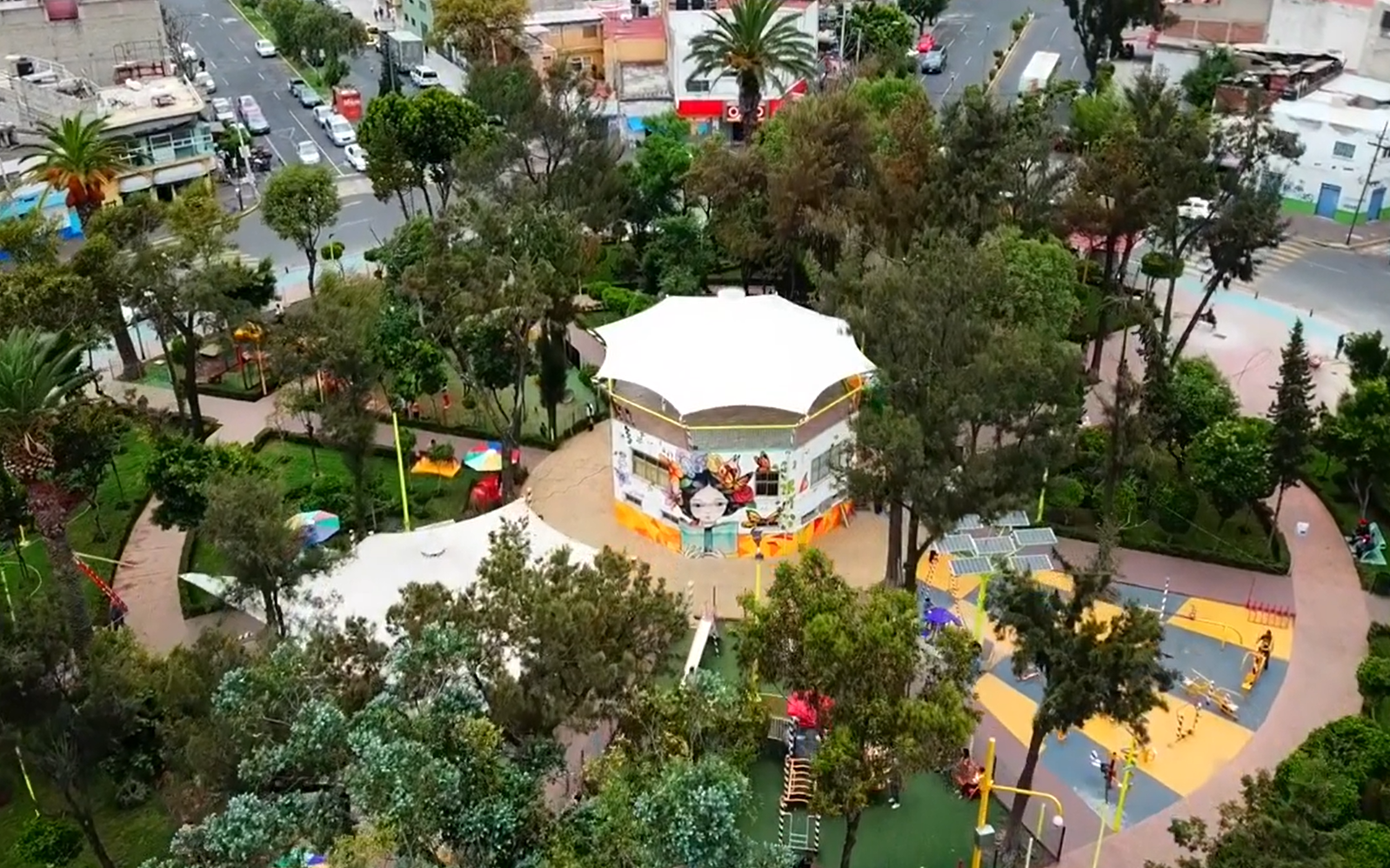


The Glorieta Plaza África is the centerpiece of the Colonia Romero Rubio. It should be just a minor traffic-roundabout. But with a little library, a stellar playground and plenty of expert gardening, it’s more than just a circle. It’s the confluence of four intersecting avenues: África (for which the glorieta is named), Asia, Damasco and Marrueco. All of the neighborhood street names were named for North African and Asian countries and regions when it was laid out late in the Porfiriato period.
After being officially founded in 1909, though, the neighborhood languished in a 20th century not quite as prosperous in this part of the City. Streets were unpaved until the late 1960s. And they were crowded for most of that time, too. Only in 1962 did the enormous Mercardo Romero Rubio start to get some of the vendors off of the streets. It was well into the 21st century when the colonia took on the look you’ll see today.
Since about that time, the neighborhood was most famous for a Lucha Libre ring that invited residents for weekly masked hi-jinx. Today, only the name of the old venue remains on the apartment building El Cortijo Damasco, on the street of the name.
At the center of it all, the Plaza África became not just a round-about but a true point of neighborhood pride. The Glorieta Plaza Africa is some eight minutes walking from the Metro Romero Rubio. It’s just about the same distance continuing west along Avenida Marrueca to the Gran Canal Park.
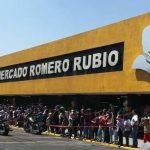
Nearest at 0.20 kms.

Nearest at 0.39 kms.

Nearest at 0.45 kms.
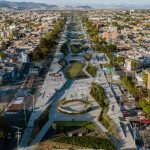
A third stage in the linear park emerges to bring the Canal over the top. . .

A gigantic market for one of East Mexico City's finest neighborhoods...
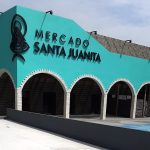
One of Venustiano Carranza's best-looking public markets...
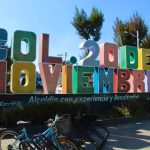
One of Mexico City's newest parks and recreation areas...
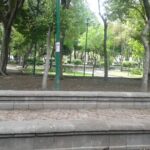
A historic city park hides a dark past...